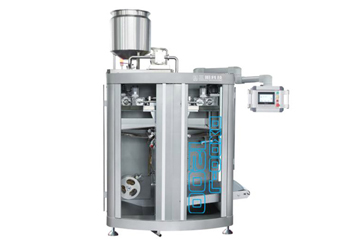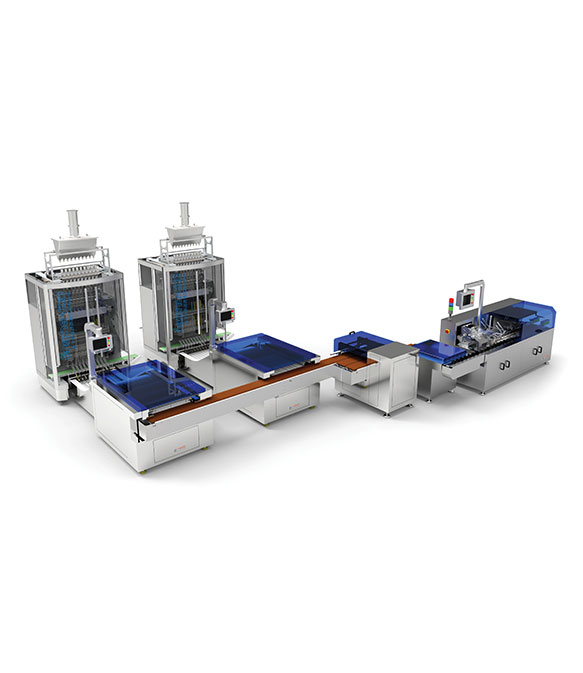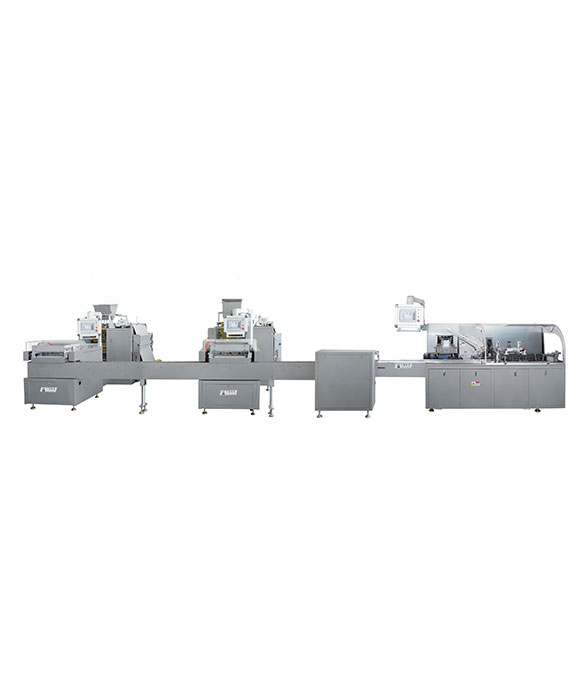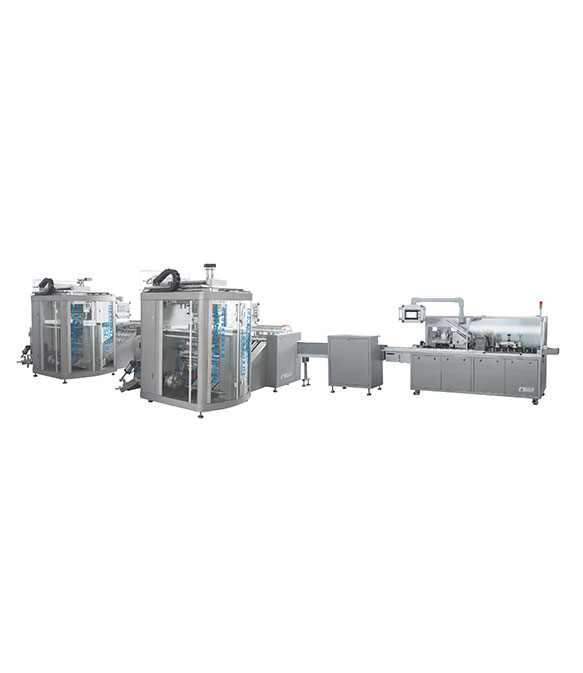That vibrant hot sauce, the rich pasta sauce, the creamy dressing—their journey to your table relies on a critical, often overlooked step: packaging. More than just a container, sauce packaging is a blend of science, engineering, and marketing, vital for preserving quality, ensuring safety, and capturing attention. Let's explore the world of sauce packaging.
Types of Sauce Packaging
1. Bottles
Plastic bottles: Lightweight and shatterproof, ideal for sauces like barbecue sauce and salad dressings. They often feature narrow nozzles or flip caps for controlled dispensing, making them user-friendly for daily use.
Glass bottles: Preferred for premium sauces such as artisanal tomato sauce or specialty hot sauces. Their non-reactive nature preserves flavor, and they offer a high-end look, suitable for brands targeting discerning consumers.
2. Jars
Typically made of glass or thick plastic, jars are perfect for thick, chunky sauces like chutneys, salsas, or peanut butter-based sauces. Their wide mouths allow easy scooping, and airtight lids (often with a vacuum seal) keep contents fresh. Jars are reusable, adding value for consumers.
3. Pouches
Flexible and lightweight, pouches are popular for sauces like ketchup, mayonnaise, and soy sauce. They come with spouts or tear notches for easy access. Pouches reduce storage space and transportation costs due to their compact design, making them eco-friendly in terms of carbon footprint.
4. Sachets
Small, single-serve packets designed for one-time use. Sachets are common for condiments like soy sauce, vinegar, or hot sauce in fast-food chains, airlines, or takeout orders. They prevent waste and offer convenience for on-the-go consumption.
Factors Influencing Packaging Choice
Selecting the right type involves juggling multiple factors:
1. Sauce Properties: Viscosity (thickness), acidity (pH), oil content, particle size (chunks), sensitivity to light/oxygen, required shelf life, need for refrigeration.
2. Consumer Needs: Desired functionality (easy pour, easy scoop, resealability), portion size, convenience, storage expectations (pantry vs. fridge).
3. Cost: Material costs, filling efficiency, shipping weight/volume, secondary packaging needs.
4. Brand Image & Shelf Impact: Does glass signal premium? Do pouches signal modernity? How to stand out visually?
5. Sustainability: Recyclability, use of recycled content, material reduction, compostability options (where viable), carbon footprint (transport weight).
6. Manufacturing & Filling: Compatibility with existing Sauce Packaging Machine lines, filling speed requirements, sealing reliability.
7. Regulations: Compliance with food contact material standards globally.
How Sauce is Packaged
Modern sauce packaging is a symphony of precision automation:
1. Preparation: Empty containers (bottles, jars, pre-formed pouches, sachet film) are fed onto the line, cleaned/sterilized if needed.
2. Filling: Precisely measured sauce is dispensed. Methods vary: gravity for thin sauces, piston or auger for thick/chunky sauces, vacuum for foamy products. Accuracy is critical.
3. Sealing: Containers are sealed immediately – caps screwed on jars/bottles, pouches heat-sealed, sachets formed and sealed. Induction sealing under caps adds extra protection.
4. Labeling/Coding: Brand labels are applied, and essential data (batch code, expiry date) is printed.
5. Inspection: Automated systems (vision cameras, checkweighers) verify fill levels, seal integrity, cap presence, and label accuracy, rejecting faults.
6. Secondary Packaging: Individual units are grouped into cartons or trays.
7. Palletizing: Cartons are stacked onto pallets for shipping.
Sauce Packaging Machines
Bottle/jar filling machines: Adapt to different sizes, with adjustable nozzles for accurate filling. Capping machines then secure lids, with some models adding tamper-evident bands.
Pouch filling & sealing machines: Handle flexible materials, forming pouches, filling, and sealing in one continuous process. Suitable for both liquid and semi-liquid sauces.
Sachet machines: High-speed equipment designed for small volumes, producing hundreds of sachets per minute. Ideal for condiment brands supplying restaurants or fast-food chains.
Labeling machines: Apply labels with branding, ingredients, and expiration dates to all packaging types, ensuring compliance with food regulations.
Why Packaging is Crucial for Sauce Brands
Packaging is a strategic asset, not just a container:
1. Protection & Preservation: It safeguards flavor, texture, color, and safety from oxygen, light, moisture, and contaminants throughout shelf life.
2. Brand Identity & Visibility: It's the brand's physical representation on crowded shelves, communicating values (premium, eco, fun) and attracting buyers instantly.
3. Consumer Experience: Easy-to-use, resealable, and functional packaging drives satisfaction and repeat purchases.
4. Information Delivery: It provides critical data: ingredients, nutrition, allergens, usage, certifications, and brand story.
5. Logistics Efficiency: Optimized packaging reduces shipping weight/volume and damage, saving costs and resources.
6. Sustainability Statement: Packaging choices directly impact brand reputation; recyclable materials, recycled content, and reduced material use are increasingly demanded.
Conclusion
Sauce packaging is the silent guardian of quality and the loud voice of the brand. From the choice between bottles, jars, pouches, and sachets, to the intricate dance of the Sauce Packaging Machine, and the multifaceted factors influencing decisions, getting packaging right is fundamental. It protects the product, delights the consumer, drives efficiency, and ultimately, defines the brand's success in a competitive market.







